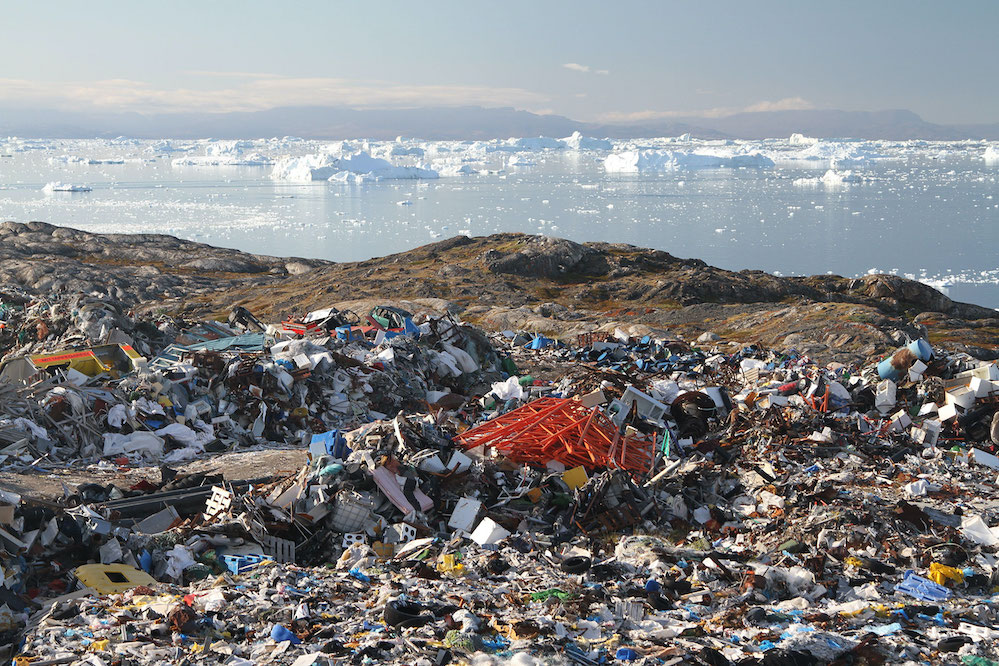West Greenland’s plastic litter mostly comes from local sources, study finds
Just four out of nearly a thousand pieces of plastic with an identifiable origin turned out to be from outside Greenland.

The vast majority of plastic that collects on Greenland’s western coast likely stems from local sources, a study of 300 kilograms of litter gathered during a 2019 clean-up has concluded.
Plastic litter is readily found on the Greenland coastline, despite its sparse population. This had led scientists to suspect that much of the litter was being transported on ocean currents from middle latitudes. But the findings that litter in western Greenland is mostly local is in line with the results of other clean-ups.
“Almost all litter was of local origin and consisted of everyday products used in local communities and settlements,” said Wouter Jan Strietman, of Wageningen University in the Netherlands, who led the study.
Litter poses numerous threats to marine life and can be indirectly consumed by people who rely on animals that ingest plastic. When it washes up on the shore, it’s a turnoff for would-be tourists.
[Scientist calls for international cooperation to reduce marine plastics]
Identifying the source of marine plastic is notoriously difficult. The sample of plastic studied after the four-day clean-up, which gathered a total of four tons of litter from Amerloq Fjord, near the town of Sisimiut, was able to determine the origin of 939 items. Of these, only four did not come from Greenland.
Most of the litter consisted of products used during outdoor activities such as fishing, hunting and boating, as well as food packaging and other forms of consumer waste.
Greenland-wide studies have suggested that ocean currents may prevent foreign litter from entering Baffin Bay and domestic litter from leaving. Higher rates of foreign litter have been found along Greenland’s eastern coast, as well as the waters around Iceland and Svalbard.
Here, monitoring has identified lost and discarded fishing gear as the most troublesome source of marine litter. Research also suggests that Russian rivers that empty into the Arctic Ocean may release huge amounts of plastic waste that eventually freezes into sea ice. Inadequate municipal sewage systems that dump untreated wastewater into fjords are a third area of concern.
[Tons of tire rubber is making its way to the Arctic each year, study suggests]
WWF, a conservancy that was involved in the 2019 collection, said it hoped the findings could be used to inform residents about the sources of plastic waste and to encourage them to take part in efforts to reduce waste.
“We need to act locally and come up with ways to make it easier for people to dispose of their litter properly that are suited to local conditions. But, at the same time, we also need work directly to change people’s attitudes and their behaviour,” Mette Frost, a WWF advisor on Greenland and the Arctic, said.
Jakob Strand, of Aarhus University, in Denmark, who was affiliated with the 2019 collection, has conducted his own studies in Greenland that have found a preponderance of consumer waste, but his work also indicates that people in Greenland are aware of plastic pollution.
Instead, he identified Greenland’s open dumps as a main source of plastic litter. Making a significant reduction, he said in comments during symposium about the issue last week, would be better waste-management in remote hamlets, where most waste is stored at open dumps until it can be incinerated.
“If local councils were more aware of the problem, it would help to reduce the amount of litter entering the water,” he said.